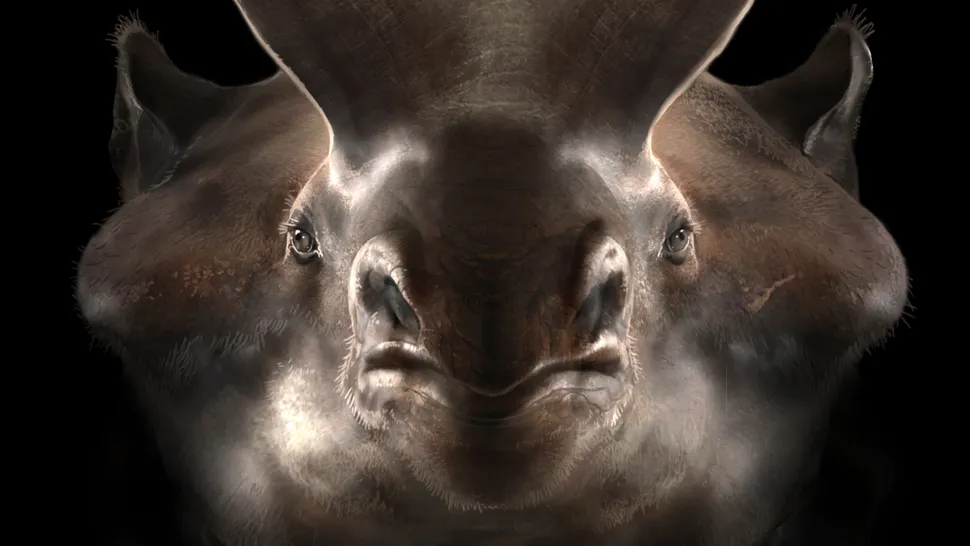In January 2018, I attended a seminar entitled Stand! Speak! Act! A Community Bystander Intervention Training. The subheading suggested I would learn how to nonviolently support someone who was being harassed. The event was presented by the local chapter of CAIR (Council on American-Islamic Relations), the Muslim Solidarity Group, and the local rapid response team. The idea of becoming a nonviolent ally in directly ameliorating the harm from harassment greatly appealed to me. I found the seminar enlightening, although not always in ways I expected.
The event was presented by the local chapter of CAIR (Council on American-Islamic Relations), the Muslim Solidarity Group, and the local rapid response team. The idea of becoming a nonviolent ally in directly ameliorating the harm from harassment greatly appealed to me. I found the seminar enlightening, although not always in ways I expected.
To begin with, although two of the event’s three sponsors were specifically Muslim solidarity groups, the techniques and strategies apply whenever a person is being targeted. Although hate crimes against Muslims have increased drastically (first after 9/11 and then ongoing since Trump’s election), racism (anti-black, anti-Hispanic, anti-Asian) still accounts for the majority of incidents, and anti-LGBTQ violence continues. Most of my friends and relatives who have been harassed have been targeted because of race, sexual orientation, or gender identification, but by far the greatest number have been because of race. The principles of intervention remain the same, and if in the future some other group becomes a target for extremism and violence, allies will step forward.
The workshop drew its guidance and inspiration from the principles set out by Dr. Martin Luther King, Jr.:
- Nonviolence is a way of life for courageous people
- Nonviolence seeks to win friendship and understanding
- Nonviolence seeks to defeat injustice, not people
- Nonviolence holds that suffering can educate and transform
- Nonviolence chooses love instead of hate
- Nonviolence believes that the universe is on the side of justice.
It’s tempting to lash out when you or someone you observe is a target of violence, whether physical or verbal. We’ve all seen enough superhero movies to want to jump in, swirling our capes, and single-handedly take on the offender. Outrage at what we perceive to be hateful and wrong fuels our adrenaline. It’s hard to remain calm, to think clearly, and to act from principle instead of reactive emotion. That’s why practice is so important. Harassment can escalate very quickly, and unless we have some experience in how we are vulnerable to engagement, we can become swept up in the confrontation.
Bystander intervention isn’t about confronting the person spewing hatred, it’s about supporting the person being targeted. Continue reading “In Troubled Times: Bystander Intervention Training”…



 My body is not a temple. It’s not a wasteland, either, or a castle, or any other locational metaphor I can think of. It’s a body, and frankly I tend to treat it like a machine. I take moderately good care of it–I don’t eat terribly (I’m fortunate that I like almost all healthy foods except liver and hard boiled eggs). I live a modestly active life–I walk a lot. I try to read and stay involved with the world (there’s a heartbreak) and to laugh as much as possible (I am helped in this by an extraordinarily silly family). But all the laughter and eating healthy and spending 45 minutes on the elliptical does not alter the fact that I’m getting older. I’m not trying to stay young–that’s a mug’s game. I’m just trying to optimize what I have.
My body is not a temple. It’s not a wasteland, either, or a castle, or any other locational metaphor I can think of. It’s a body, and frankly I tend to treat it like a machine. I take moderately good care of it–I don’t eat terribly (I’m fortunate that I like almost all healthy foods except liver and hard boiled eggs). I live a modestly active life–I walk a lot. I try to read and stay involved with the world (there’s a heartbreak) and to laugh as much as possible (I am helped in this by an extraordinarily silly family). But all the laughter and eating healthy and spending 45 minutes on the elliptical does not alter the fact that I’m getting older. I’m not trying to stay young–that’s a mug’s game. I’m just trying to optimize what I have.


